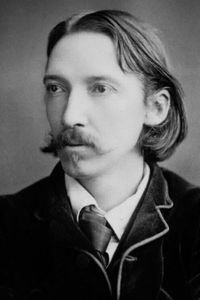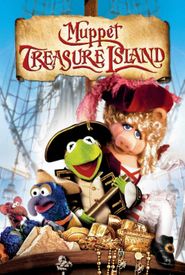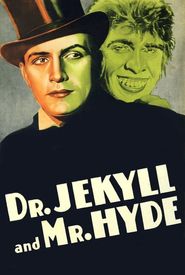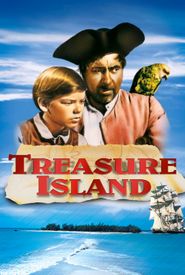Robert Louis Stevenson was a Scottish novelist, poet, and travel writer from Edinburgh, Scotland. Born in 1850, he was the son of Thomas Stevenson, a civil engineer, and Margaret Isabella Balfour, a member of a centuries-old gentry family. Stevenson's parents were Presbyterians, but they were not particularly interested in indoctrinating their son. He was raised by his nurse, Alison "Cummy" Cunningham, who was a fervently religious woman.
Stevenson's poor health as a child kept him away from school for extended periods. He did not learn to read until he was 7 or 8 years old, but he developed an interest in narrating stories in early childhood. When he learned to write, he started writing tales as a hobby. His father, Thomas, was happy about this hobby, as he was also an amateur writer in his early life.
Stevenson's interest in writing led him to study engineering at the University of Edinburgh, but he showed little interest in the subject matter. He joined the debating club Speculative Society and an amateur drama group organized by professor Fleeming Jenkin. During the annual holidays, Stevenson repeatedly joined his father in travels to inspect the family's engineering works, which turned his interests towards travel writing.
In 1871, Stevenson announced to his father that he wanted to become a professional writer. His father agreed, on the condition that Stevenson should also study to gain a law degree. Stevenson started dressing in a Bohemian manner, wore his hair long, and joined an atheist club. He eventually reconnected with his friend, the poet William Ernest Henley, who was an inspiration for the one-legged pirate Long John Silver.
Stevenson qualified for the Scottish bar in 1875, but he never practiced law. He married Fanny Van de Grift Osbourne in 1880, and they spent their honeymoon at an abandoned mining camp on Mount Saint Helena. The couple sailed back to the United Kingdom in August 1880, and Stevenson started working on his popular works, including "Treasure Island" and "The Strange Case of Dr. Jekyll and Mr. Hyde".
Stevenson and his wife moved frequently from place to place in the early 1880s. In 1884, they settled in their own home in the seaside town of Bournemouth, Dorset, where Stevenson started working on "A Child's Garden of Verses" and "The Black Arrow: A Tale of the Two Roses". He also reacquainted himself with his old friend, the novelist Henry James.
In 1887, Stevenson's father died, and he felt that nothing tied him to the United Kingdom. He decided to spend the next few years wandering in the Pacific islands, visiting the Hawaiian Islands, Tahiti, New Zealand, and the Samoan Islands. He befriended the local monarch Kalakaua and his niece Ka'iulani, and started collecting local folktales.
In December 1889, Stevenson and his family settled in the Samoan islands, where he purchased an estate and started building a two-story house. He started collecting local folktales and worked on "A Footnote to History: Eight Years of Trouble in Samoa", a detailed chronicle of the Samoan Civil War.
Stevenson's last fiction writings indicated his growing interest in the realist movement and his disdain for colonialism. He suffered a stroke in December 1894 and died hours later, at the age of 44. He was buried at Mount Vaea, on a spot overlooking the sea.






















































































